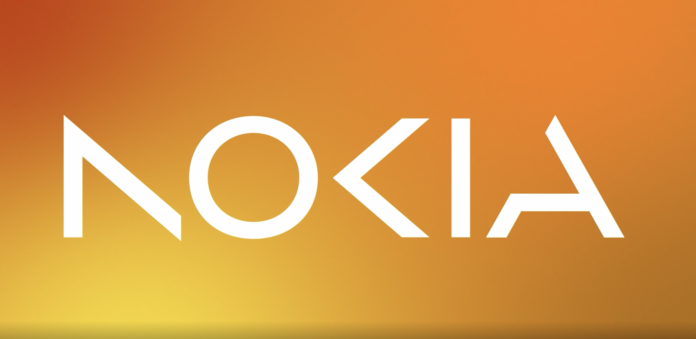Airtel said that the trial was conducted at its tech lab and achieved uplink speeds of 300 Mbps
Airtel, MediaTek and Nokia announced the successful completion of trials combining Time Division Duplex (TDD) and Frequency Division Duplex (FDD) mid-band spectrum on a time basis utilizing the latest generation chipset. The Indian carrier said that the trial, aimed at maximizing the uplink performance, was conducted at Airtel’s tech lab and achieved uplink speeds of 300 Mbps.
The trial enhanced upload speeds by aggregating frequency bands of 3.5 Ghz (n78) and 2.1 Ghz (n1), which according to Airtel, significantly improves the uplink performance for demanding use cases by dynamically switching the uplink transmission across two carriers in TDD and FDD spectrum more efficiently.
For this trial, Airtel used equipment from Nokia’s next-generation 5G AirScale radio portfolio while MediaTek provided its Dimensity 5G mobile platform as the user equipment.
The telco added that use cases such as video conferencing, live streaming and large file uploads will benefit from this innovation.
Randeep Sekhon, CTO at Bharti Airtel said: “This trial not only stands testament to our philosophy of enhancing our state-of-the-art network infrastructure and delivering an unmatched 5G user experience but will also greatly enhance our network’s uplink performance, resulting in faster data speeds and improved connectivity.”
Tarun Chhabra, country manager and head of Mobile Networks Business at Nokia, India, said: “Uplink Tx switching will pave the way for superior 5G networks, enabling seamless data transfer in mobile devices and driving demand for data-intensive applications like XR.”
In July, Nokia said it has successfully completed its first 5G Non-Standalone (NSA) cloud RAN trial with Bharti Airtel. The trial took place in an over-the-air environment utilizing 3.5 GHz spectrum for 5G and 2.1 GHz for 4G.
Nokia noted that data calls were successfully performed with commercial user devices over Airtel’s commercial network achieving a throughput of over 1.2 Gbps. The trial used Nokia’s RAN Software for virtualized Distributed Unit (vDU) and virtualized Centralized Unit (vCU) running on x86 Hardware with a CaaS layer.
Airtel is currently using equipment from Ericsson, Nokia and Samsung to provide 5G services. The Indian operator had secured a total of 19,800 megahertz of spectrum in the 900 MHz, 1.8 GHz, 2.1 GHz, 3.3 GHz and 26 GHz bands in a previous auction carried out by the Indian government in July 2022. In June 2024, the telco secured additional spectrum to expand its 5G offering across India.

